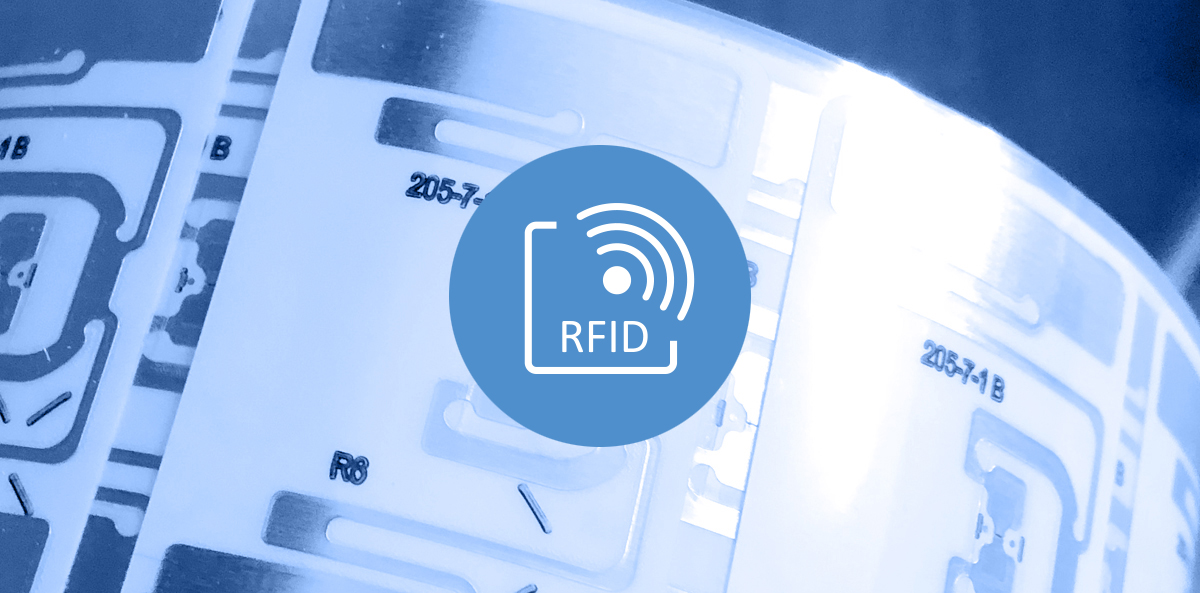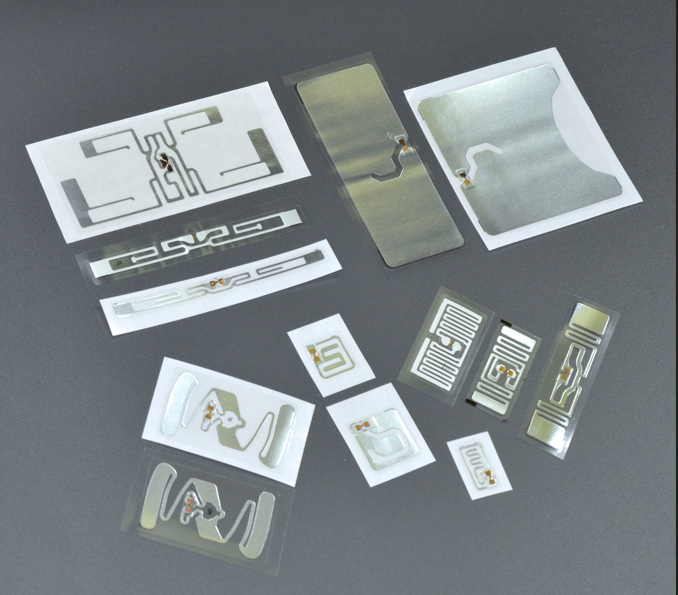
What is the RFID system all about?
RFID is a technology that enables wireless identification and tracking of objects using radio waves. At the heart of the system are tags, i.e. special tags that are placed on monitored products. RFID readers can read this data at a distance, without direct contact with the tag. Find out what an RFID system is and how it works.
How does an RFID system work and what does it consist of?

An RFID system consists of three main components – a tag (tag), an antenna and a reader. The tags contain a chip and an antenna. The chip records information, and the antenna is responsible for receiving and transmitting the signal. The reader, equipped with its own antenna, emits radio waves that “activate” the tag, causing data transfer. Depending on the frequency of the waves used and the type of tag, the technology allows data to be read at various distances – from a few centimeters to even tens of meters.
Our RFID implementation. Read how we did it!
RFID is used in various industries, from logistics to medicine. Thanks to this technology, it is possible to track products at every stage of the supply chain, manage warehouses, control access and even monitor the condition of patients. Tags can be read automatically, greatly speeding up identification processes.
It is worth mentioning that RFID tags are divided into passive, active and semi-active. Passive tags do not have their own power source – they get the energy to communicate with the reader from the radio signal emitted by the reader. Active tags, on the other hand, have a battery, which allows them to be read over longer distances. The last, or semi-active, combine the features of the two above – they have a battery, but communicate with the reader on a passive basis.
What is needed for RFID?
To use RFID technology efficiently, several important components are needed:
- RFID tags – they can be in the form of self-adhesive labels, plastic cards, key rings or other carriers. The choice of label depends on its purpose – RFID tags are available in different shapes, sizes and degrees of weather resistance,
- RFID readers – are responsible for communication with the tags. The reader emits a radio signal that activates the tag, allowing it to read or write data. They can be handheld, stationary (e.g. in warehouses) or integrated into devices such as entrance gates or vending machines,
- antennas – the larger, the greater the reading range. They can be integrated with the reader or operate as separate devices,
- management software – in order to process the data obtained from RFID tags, software is needed to collect, analyze and integrate the data with other systems in the company,
- RFID printers – if RFID tags are to be personalized (e.g., with barcode or text), an RFID printer is needed. Printers record data on the chip and print visual information on the label.
All of the above components need to be properly matched to the specifics of your business for RFID systems to work optimally. In the Etisoft store you will find high-quality RFID label printers, readers, data terminals and tags.
What blocks RFID reading?
Despite its versatility, RFID technology faces some limitations. Various materials can affect the quality and effectiveness of the reading. Among the most common obstacles blocking or interfering with reading are metallic parts that reflect radio waves, causing interference with communication between the tag and the reader. To remedy this, special tags designed to work on metal surfaces are used.
RFID gateway designed by Etisoft – fast and precise data reading
Water and other liquids absorb radio waves, which can also weaken the signal. Tags that are used in wet environments need to be properly protected, which minimizes the impact of liquids on communication. RFID reading is also dependent on the distance between the tag and the reader. Passive tags have a much shorter range than active tags, which limits their use in some situations.
How to retrieve data from an RFID tag?
Retrieving data from an RFID tag requires the use of a suitable reader. This uses radio waves that activate the tag and allow the information stored on it to be transmitted.
To be able to read data from the tag, you need an RFID reader that operates on the same frequency as the tag. Readers can be mobile, stationary or integrated into other systems. When the RFID tag comes within range of the reader’s antenna, the chip is energized with energy from the radio signal (in the case of passive tags). The tag then sends data to the reader, which receives the data and transmits it to a computer or management system, where it is further processed and analyzed.
In the case of more advanced systems, the data can be automatically integrated into inventory, logistics or production management software. This greatly simplifies the company’s operational processes.
Can a phone read RFID?
Most modern smartphones have NFC technology, which is a variation of RFID that operates at 13.56 MHz (high frequency, HF). NFC allows the phone to read and write data to RFID tags operating in the same frequency range.
Smartphones can read some types of RFID tags, but they cannot handle all frequencies and tag types. For example, tags operating at ultra-high frequency (UHF) cannot be read by phones. This is because they require specialized readers.
RFID technology offers extensive opportunities for automation and efficiency improvements in many sectors. It enables fast and contactless reading and management of data stored on tags. However, in order to take full advantage of its potential, it is worth learning the principles of RFID, understanding what can affect the quality of reading and what equipment is needed to implement this solution in your company.
Do you want to optimize your processes through an RFID system?
